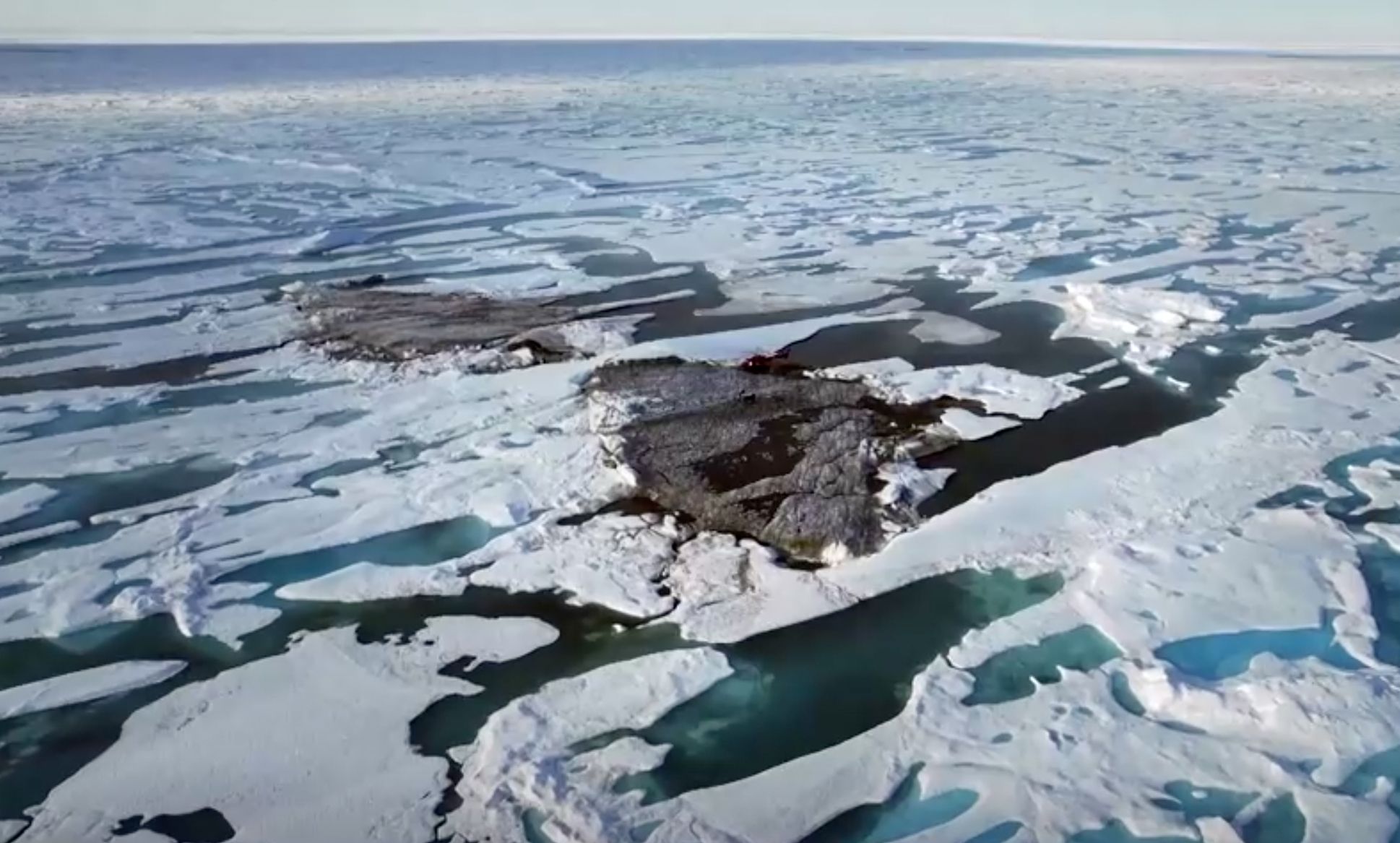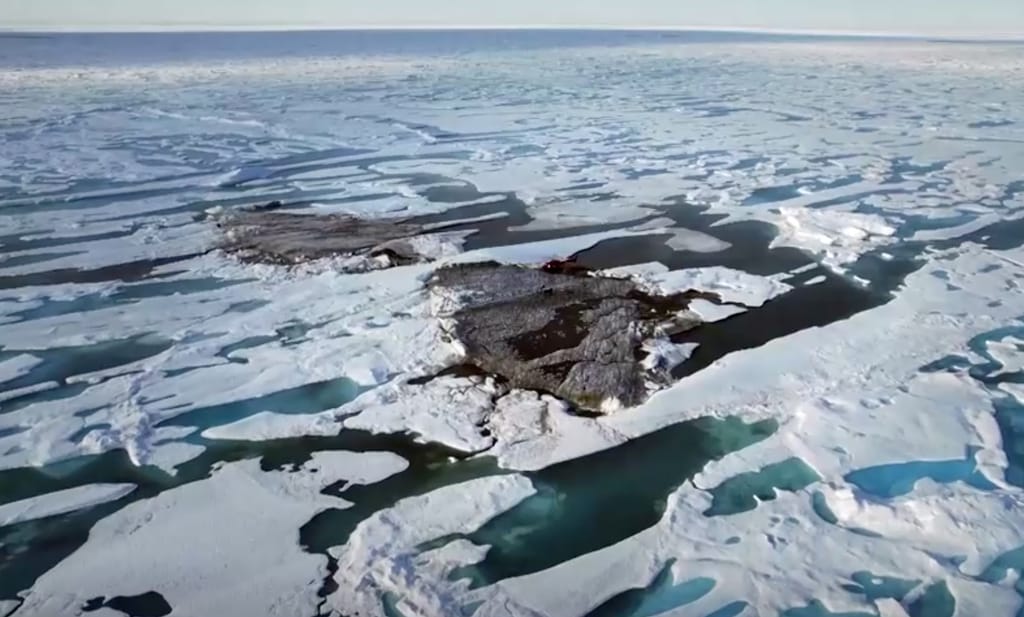
Scientists went on the Greenland expedition and set foot on the world’s northernmost point of land, a tiny island off the Greenland coast. Read along to know all about the discovery revealed by climate change and the shifting of ice.
This discovery comes at a time when Arctic nations-the US, Canada, Russia, Norway, and Denmark try to control the North Pole and its surrounding seabed. These rights would give the countries the rights for fishing along with all the shipping routes exposed with the melting of ice.
What is the Greenland expedition?
Scientists from Greenland set out on the ‘Greenland expedition’ for survey and sample collection. “It was not our intention to discover a new island. We just went there to collect samples,” said Morten Rasch. Rasch is a polar explorer and the head of the Arctic Station Research facility of Greenland. The group assumed they arrived at the island of Oodaaq. The island was first discovered in 1978 by a Danish survey team. However, they realized they were at another island 780 meters northwest of Oodaq when they checked the exact location.
“Everybody was happy that we found what we thought was Oodaaq island. It’s a bit like explorers in the past, who thought they’d landed in a certain place but found a totally different place,” recalled Christine Leister. Leister is a Swiss entrepreneur and founder of Leister Foundation, the organization that provided funding for the expedition.
All about the world’s northernmost island
The northernmost island sounds impressive. However, it measures about 30 meters across and has a peak of three meters. The land is made up of seabed mud along with moraine. Moraine is the rock and soil left from glacier movement. The researchers recommend it to be named ‘Qeqertaq Avannarleq’ that translates to ‘the northernmost island’ in Greenlandic.
“It meets the criteria of an island. This is currently the world’s northernmost land,” confirmed Rene Forsberg. Forsberg is a professor and head of the geodynamic department at the National Space Institute of Denmark. Additionally, he is also an advisor to the Danish Government. “These small islands come and go,” he added. Moreover, territorial claims depend if an island or bank will disappear in the future. For holding such claims, the island needs to remain above sea level despite high tides.
